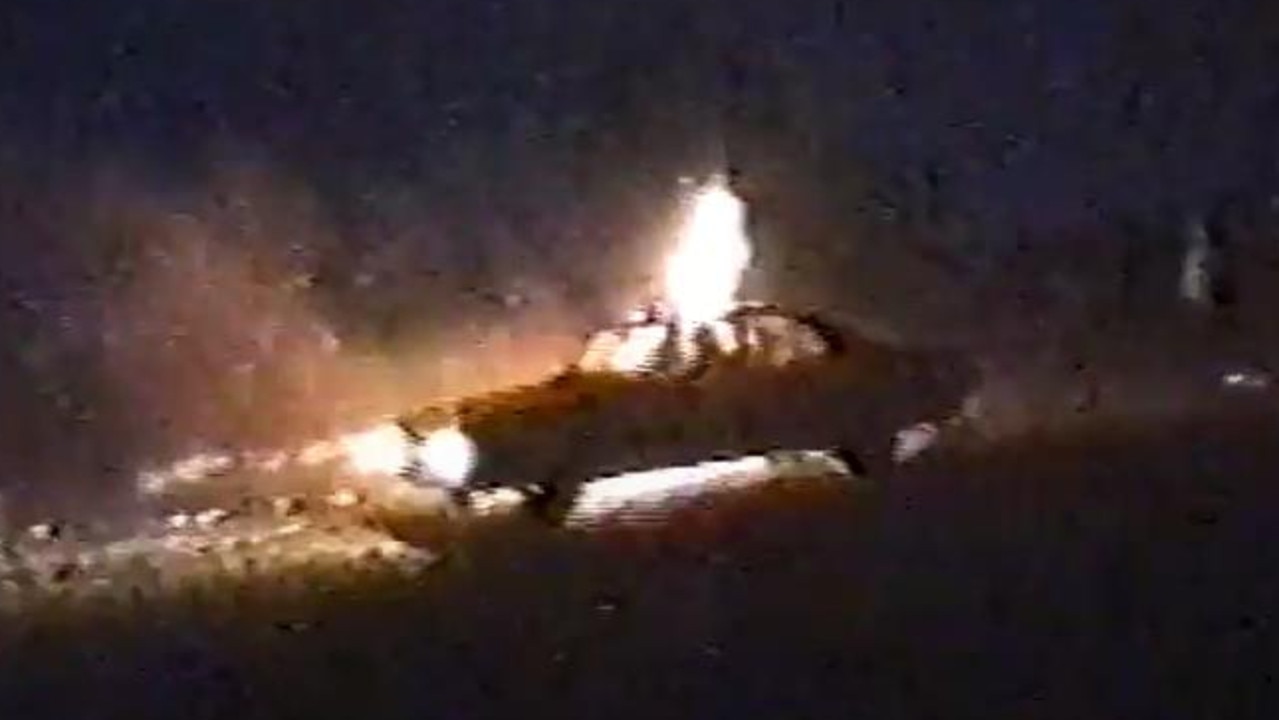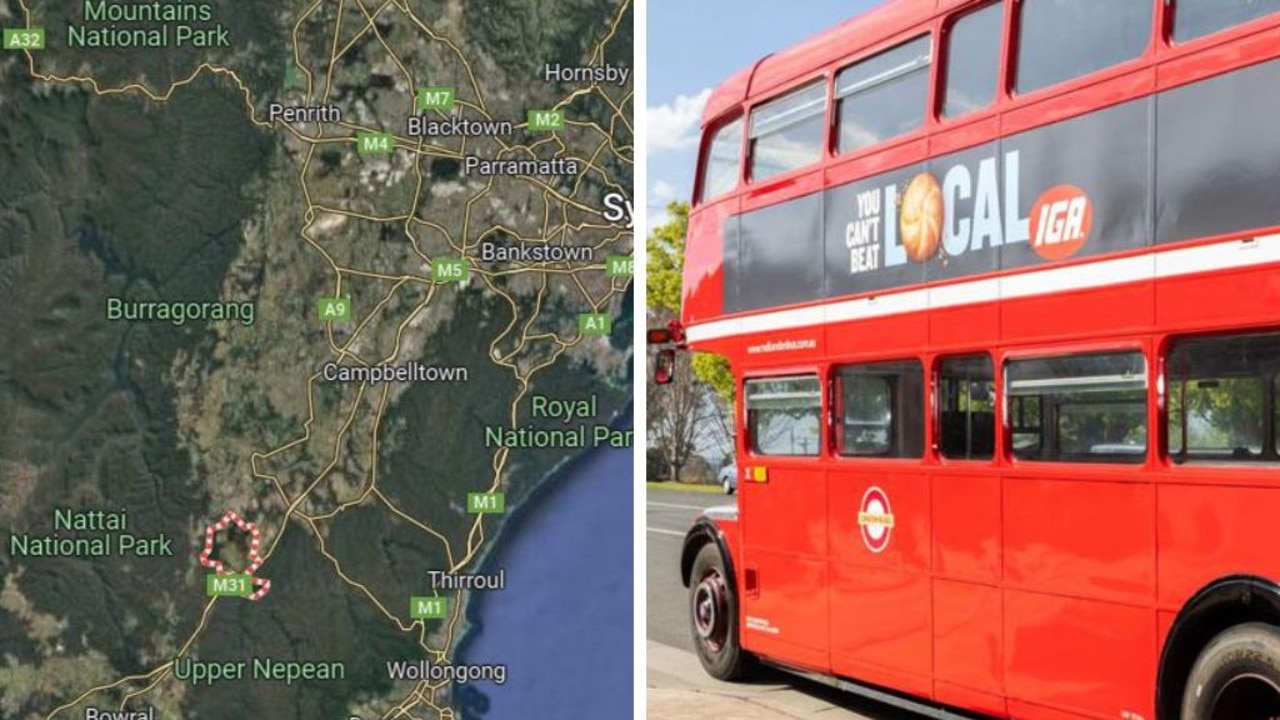Heaven on a houseboat
A SLOW glide along the unspoiled Clyde River aboard a floating home leaves Brian Johnston very relaxed.

IN the early morning, the oyster boats hum you awake as the turning of the tide rocks against the hull of your houseboat.
The morning comes up delicately with a pink stain, mist in the gum trees and a drift of pelicans across the water.
The sound off your kettle whistling competes with the birds in the trees on the riverbanks. It's breakfast time on the Clyde River, and all's right with the world.
The Clyde River starts as a trickle in the rugged ranges northeast of Batemans Bay on the New South Wales south coast, among dramatic landscapes with evocative names: The Castle, Monolith Valley, Shrouded Gods Mountain.
Its beginning is accessible only on foot, and is a superb area for experienced bushwalkers. Only the last 35km of the river are navigable by houseboat.
While the Clyde mightn't win any prizes as a mighty river, it takes in three national parks and 10 state forests along its short length. This is one of the few remaining undammed rivers of Australia's entire east coast, and barely any of its catchment has been cleared for agriculture.
The Clyde's waters are very pure, passing through mangroves and pristine forest. Sit on the deck of your houseboat and gaze out: you'll see NSW as the earliest European settlers saw it.
Not surprisingly, the Clyde is a superb recreational river, popular for fishing, kayaking, jet-skiing and boating. It empties into the ocean at Batemans Bay, that perennial holiday favourite.
However, take a houseboat upriver a little, unwind for several days, and you'll experience the river's tranquil side, where time is measured by the flap of pelican wings over the water.
Clyde River Houseboats will rent you a floating home from their pontoon, located just on the north side of Batemans Bay's landmark bridge.
Sue and Robert, the affable owners, will run you through a brief lesson on water safety, navigation and how to operate the houseboat. It isn't that complicated, and anyone with a driver's licence is allowed at the wheel.
The houseboat runs on a 12-volt battery system. A generator at the back provides the 240 volts required only for the television, DVD and microwave. But the generator is noisy and TV reception spotty anyway; bring books and board games.
With a fishing licence included, you'll be spending more time in your tinny anyway, waiting for bream, whiting and mulloway.
You'll also be out on the deck, watching the riverbanks drift past as steaks and seafood sizzle on the gas barbecue. Stock up with food at Batemans Bay, and don't forget the local oysters, which are among the best anywhere.
The only other chance for provisions is upriver at Nelligen. You'll only find basics like bread and milk, though Benny's sells seafood baskets and Aussie burgers and the pub has a bottle shop.
With the fridge packed and beer snug in the icebox, off you chug up the river with a wonderful sense of adventure, feeling like Huckleberry Finn.
You pass the odd isolated house and tin boatshed on the river's edge, while keeping clear of the white piles that mark out the oyster farms.
You have a charming hand-drawn but comprehensive map to show the way. This is how people must have navigated in the old days, by passing landmarks.
Small tin shed, red-roofed house, Farmer John's pontoon, Big Island, Small Island are all marked, just the way a child might label a map. Then: "Danger! Razorback Rock!"
After Nelligen there are no names any more; it's as if you've fallen off the map altogether.
You have to count the bends because at the fifth bend you reach the navigable limit of the river; at least as far as a 15-tonne houseboat is concerned.
At the first bend, the river opens out to farmland where cattle wade in knee-high grass and swing ropes hang from the trees. Local kids and platypus play on the riverbanks.
There's something splendidly innocent about the whole experience, a reminder of the hot summers and lazy days of your childhood.
Not surprisingly, houseboating appeals to all types of people.
Sue and Robert say their clients have included three old ladies who disappeared upriver for two weeks of fishing, cooking and reading.
Then there were the seven friends who loaded 31 cartons of beer onboard for a week of rowdy male bonding.
Even so, they drank so much at the village pub in Nelligen that they couldn't row back to the houseboat and slept the night on the grass.
Houseboating could equally be a very romantic interlude for couples. But, with eight or 10 berths, the experience is best designed for families and groups of friends looking for an unusual getaway.
Each houseboat has four tiny cabins (two doubles and two with bunks), while the 10-berth boat also has a sofa-bed in the lounge.
The cabins fit little more than beds, so houseboating is a sociable affair. You're likely to spend plenty of time in the lounge or on deck.
During the day, there is swimming, fishing and boating to enjoy. You can also trek through Clyde River National Park.
Watch your feet if you're walking the shoreline, since there are razor-sharp oyster shells scattered everywhere, deceptive in their pearly beauty.
The only real stop is Nelligen, once a major river port served by large steamers transferring timber, wool and agricultural products from the hinterland, and supplying goods to local farmers, timber workers and gold miners.
Until the early 20th century, Nelligen was a more important town than Batemans Bay. Plaques around the town provide a good record of the now quiet village's lively history.
In the evening, it's time to fire up the barbie, linger over a meal and admire the sunsets over the river as black cockatoos squawk in the trees.
Anchor for the night on a river as smooth as glass, as the tide comes in and out and the boat swings gently from side to side, providing changing vistas of the river banks.
Reach up and flick on the rooftop anchor light, a little pinpoint of civilisation in a velvety darkness, and let yourself be rocked to sleep.
The writer was a guest of Tourism NSW
The Sunday Telegraph



